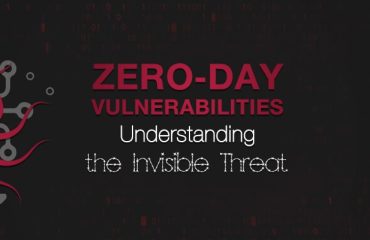
In today’s digital age, data security has become one of the most critical elements of any organization’s IT strategy. With increasing volumes of sensitive information being created, stored, and transmitted every day, ensuring that data is protected from unauthorized access and corruption is essential for maintaining trust, compliance, and operational continuity.
What Is Data Security?
Data security refers to the practices, policies, and technologies used to protect digital information from unauthorized access, theft, or destruction. It encompasses both the physical and digital safeguards designed to ensure data confidentiality, integrity, and availability.
Core Objectives:
-
Confidentiality – Ensuring that sensitive data is only accessible to authorized users.
-
Integrity – Maintaining the accuracy and reliability of data throughout its lifecycle.
-
Availability – Ensuring that data is accessible to authorized users when needed.
Common Data Security Threats
Organizations today face a variety of data threats, including:
-
Malware and ransomware attacks
-
Phishing and social engineering
-
Insider threats
-
Data breaches due to weak passwords or unpatched systems
-
Unsecured cloud storage or third-party services
Key Data Security Practices
To mitigate risks, companies should implement a layered data security strategy that includes:
1. Encryption
Encrypting data at rest and in transit ensures that even if data is intercepted or stolen, it remains unreadable without the proper decryption key.
2. Access Control
Restricting access to data based on user roles and implementing multi-factor authentication (MFA) help prevent unauthorized access.
3. Regular Backups
Frequent backups protect against data loss from ransomware, hardware failure, or accidental deletion.
4. Security Awareness Training
Employees are often the weakest link. Regular training helps staff recognize phishing attempts and understand safe data handling practices.
5. Patch Management
Keeping software and systems updated helps eliminate vulnerabilities that attackers could exploit.
6. Data Loss Prevention (DLP)
DLP solutions monitor data movement and can block the sharing of sensitive information outside the organization.
Compliance and Legal Considerations
Data security is not just about protection—it’s also about compliance. Regulations like GDPR, HIPAA, and CCPA require organizations to safeguard personal and sensitive data. Failure to comply can lead to heavy fines and reputational damage.
The Future of Data Security
As cyber threats evolve, so too must data security. Emerging technologies such as artificial intelligence (AI) and machine learning (ML) are now being used to detect anomalies, respond to threats in real-time, and predict future attacks. Additionally, the rise of zero-trust architectures and cloud-native security tools is reshaping how organizations defend their data.
Conclusion
Data is the lifeblood of modern businesses—and protecting it is non-negotiable. By implementing robust data security measures, organizations can safeguard their most valuable assets, maintain customer trust, and stay compliant in an increasingly complex digital landscape.



